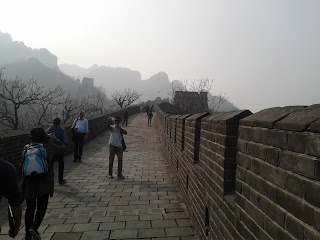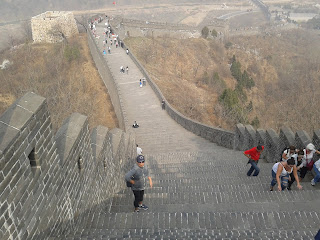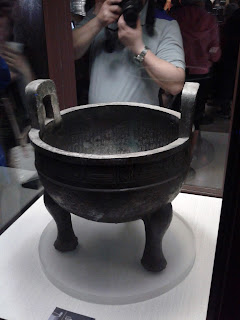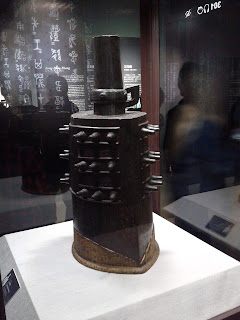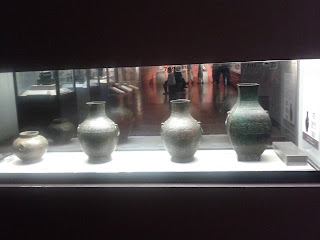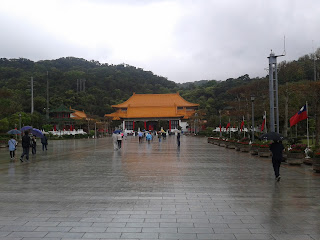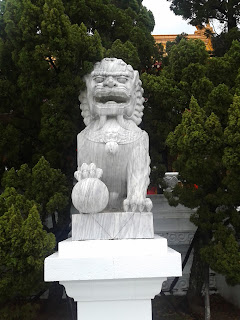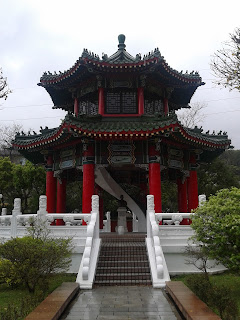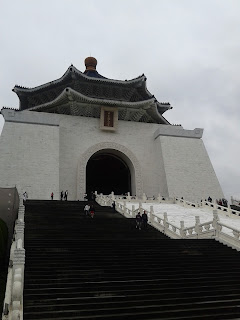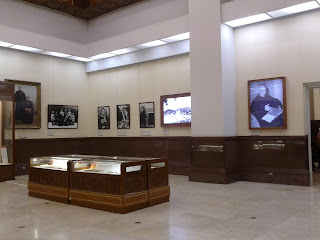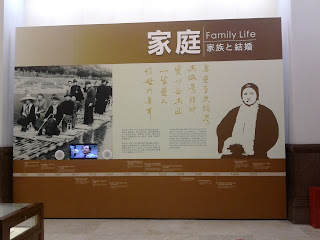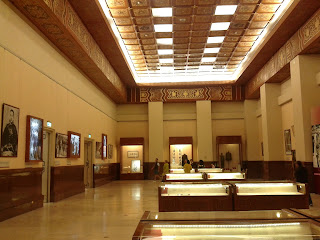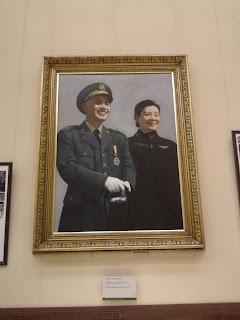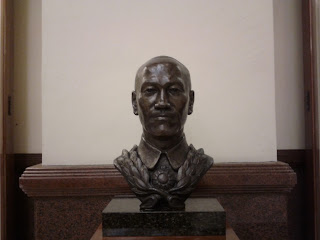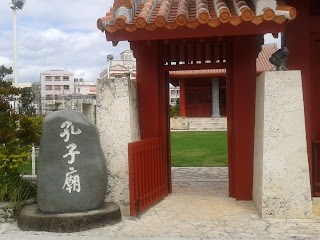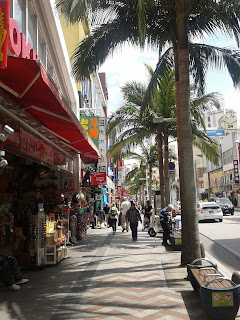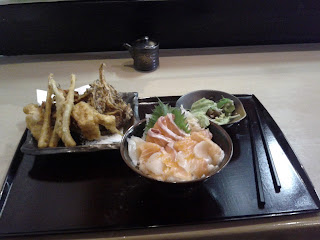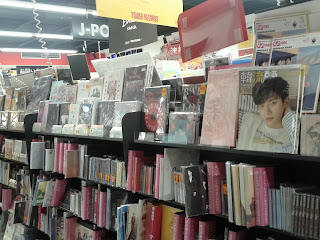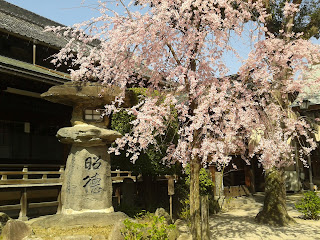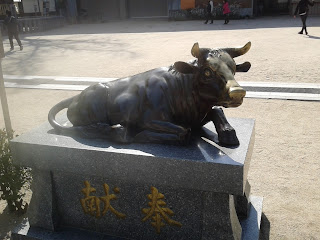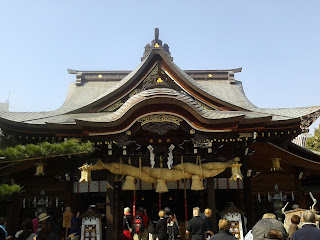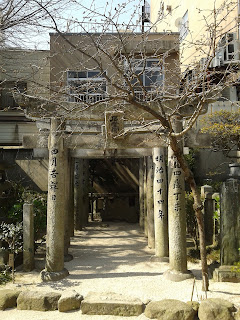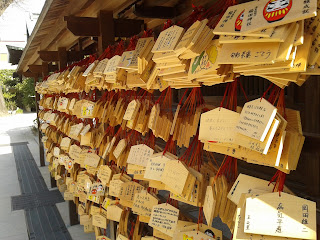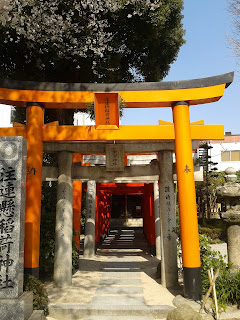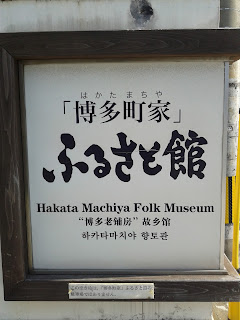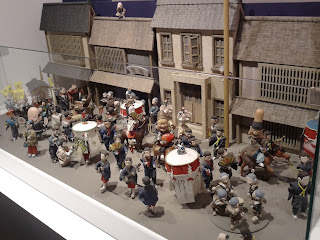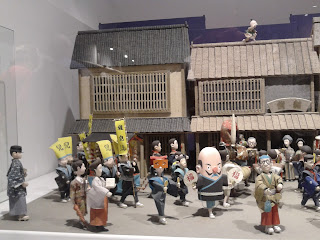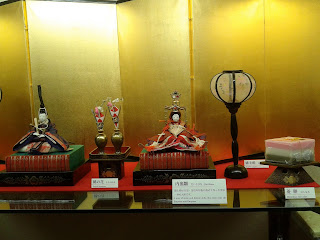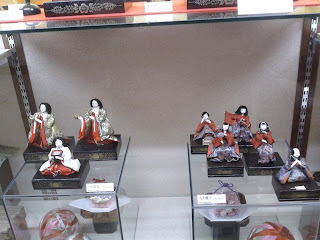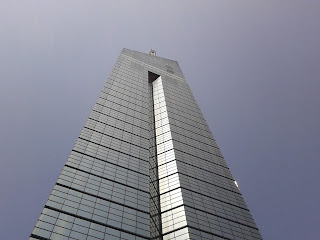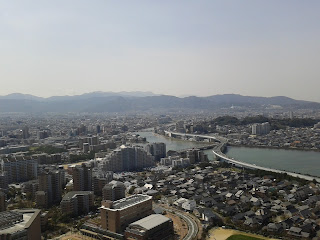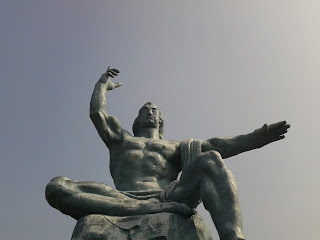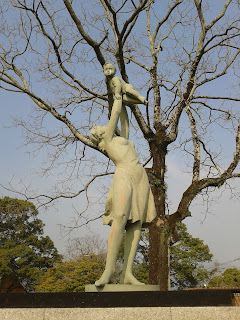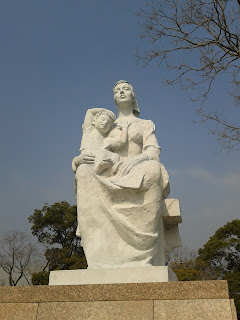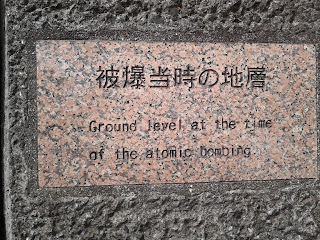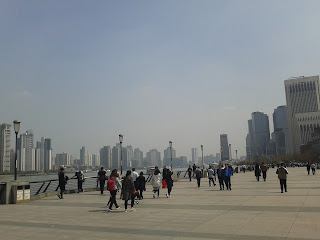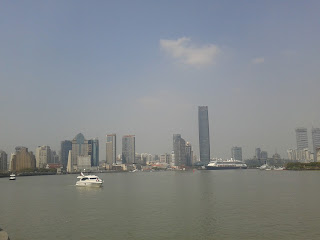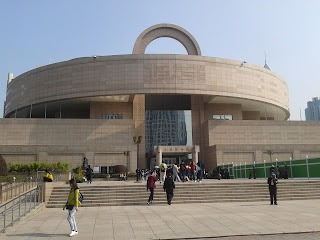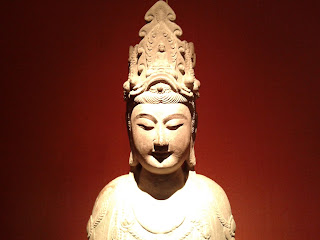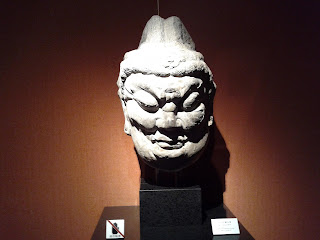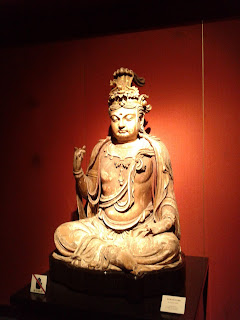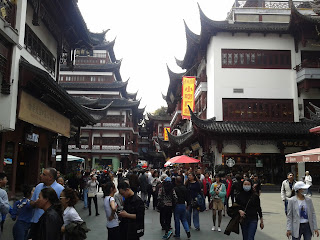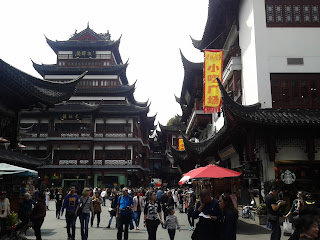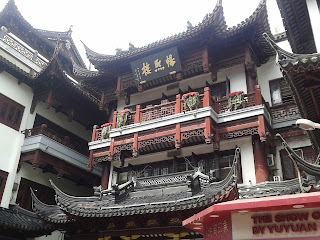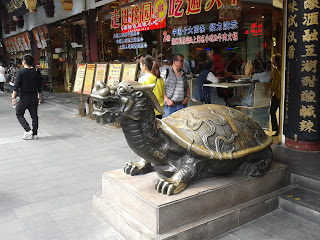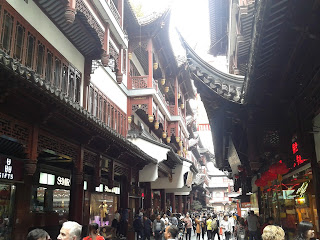Some two decades ago, as a young student, I dabbled in radio work, as a person who selects music playlist - they probably expected that someone young might bring fresh ideas and newest, coolest trends, however my curiosity was focused in unearthing completely forgotten & obscure recordings that languished covered with dust in archives. Mind you, there were many other colleagues who went straight for current pop charts - and there was a official rule where one has to play a certain hit of the day several times trough the shift - but my main interest was in music archaeology. Since money was next to nothing, at least this was something that kept me happy. Old recordings were not just forgotten, but often scratched as well, which made them even more desirable in my eyes - the whole fact that this wonderful music was neglected, made me delve even more into archives and often I would get delighted response from both the audiences and colleagues who were unaware we even had these tracks around. Interest in old recordings never left me completely and to my greatest joy, I have discovered recently that "Croatia records" now have their complete catalogue (previously released as "Jugoton") available as digital download, which made me pour over titles with greatest excitement.
"Melodija tjedna III" (1965)
This was very interesting collaboration between biggest local recording company and one of the most popular radio station in the capitol, famous "Radio Sljeme" that to this day courts its urban audience, perhaps the one real radio station that represents the spirit of Zagreb. In the mid-1960s Radio Sljeme had a context where listeners were encouraged to vote for their favourite new hit of the week, which after a month will be included on a latest EP recording by "Jugoton" under the name "Melody of the week" and preformed by most celebrated homegrown vocalists. This is one of these recordings and is fascinating document of its times, since it shows where local music at the time was - idolising and emulating Italian artists but (truth to be told) artistically standing absolutely next to them.
Conductors Nikica Kalogjera and Pero Gotovac gave professional, silky orchestration to what must have been ungrateful task of following international numbers note by note (my guess is that there was no room for improvisation in project as this) but the most interesting is how local artists warmly welcomed the chance to sing this music: every single of vocalists included here is excellent and shines in their retrospective numbers. Cover of Italian "In Ginocchio Da Te" might be forgotten amongst huge subsequent discography of Tereza Kesovija, but this kind of bombastic melodrama suits her to a T.
Another Italian cover "Era D'Estate" gives a perfect spotlight to wonderful and criminally under-recorded Drago Diklić who was one of the best balladeers of his day (personally I wish he got more attention from recording companies) and to my biggest surprise even Elvira Voća sounds actually fine on her version of Burt Bacharach. To counterbalance all these foreign hits, one from Slovenia was included with Croatian lyrics and its "Poletna Noč" associated with Marjana Deržaj but here performed by Beti Jurković who translated the lyrics. It is absolutely lovely, mid-1960s mainstream pop that inspires more search into this series.
"Melodije Jadrana 1. - Split 64"
Where some other local pop festivals (namely ones in Zagreb and Opatija) always resulted with their own LP albums, for some reason Split festival had humble beginnings with occasional EP recording as memento. Which is strange in retrospective, since with time it absolutely eclipsed the other two forebears. This particular recording from 1964. brings selection of popular music performed that year in Split and naturally the self-penned number by young Arsen Dedić shines like a diamond, it will eventually become one of the all-time classics of Croatian chanson but here it was just another pop number, nesting uncomfortably with other, frankly peppy performers. Not that Trio Tividi or duet Ivo Robić & Zdenka Vučković were bad, but in this company poetic young Dedić stands head and shoulders above everybody else because he was so sophisticated. One can't help but wonder how this particular genius grew like a wild flower out of nowhere, inspired with rare foreign movies and occasional record, to combine it all in his own beautiful creations. Unorthodox in every possible way, "Kuća pored mora" (A House by the sea) is not a typical happy, summer number but a broodingly dark invitation to adultery - its protagonist seductively describing the joys of adventure and exhilarated freedom, despite of social ostracism. Nowhere in the lyrics is mentioned that the other side might be married, but its heavily hinted (and Arsen himself was just a perfect picture of a starving student who might have turned head of some married lady). The whole film could be made out of that song.
"Melodije Jadrana 2. - Split 64"
Since that particular year Split festival catapulted masterpiece "Kuća pored mora", everything else sounds like a lesser afterthought compared with Arsen Dedić who in my book simply had no competition when it came to writing and performing a high-class, poetic number. Still, it is interesting to hear who were also-runners. Veteran Ivo Robić came up with song he composed himself (indistinguishable), while composer Nikica Kalogjera combined two lovely voices of Gabi Novak & Marko Novosel for a lilting duet. Another successful composer, Alfi Kabiljo also paired Robić with wonderful Maruška Šinković but they have no chemistry together and Šinković is wasted on this kind of forced happiness. Vice The Lionheart Vukov comes for finale and even though his song doesn't genuinely have any commercial potential, his was such intoxicating voice that one could listen him forever - this was full Italian (well, Croatian, obviously) Bel Canto sound and he had just unbelievably beautiful sound.
"Melodije Jadrana - Split '65"
One of the earliest recorded Split festivals, this particular one again spotlights young Arsen Dedić who caused huge criticism and uproar with his song "Stara cura" - in his cinematic vision, Dedić was describing citizens of a typical coastal town and a particular lonely spinster but something in the lyrics or perhaps even singer's performance struck audiences all wrong. Be it that figure such as this is well-known in coastal places where lots of sailors often never return from the sea or the subject might be too painful to be used on pop festivals, people took it as Dedić pokes fun at someone's tragedy. Nothing he said subsequently could erase the initial impression and personally I don't think he really belonged on that particular music stage that promoted lightweight summer hits. Even today, with distance of more than half a century, the song might rub listener all wrong and although lyrics are strong and impressionistic, it appears even more misplaced in company of other frothy songs of that year. Another interesting oddity is again Dedić in a lovely, lilting barcarolle (far more suitable for Split festival) duet with his future wife Gabi Novak in a song composed by her than-husband - who, in turn, would later marry Maruška Šinković who was also on this recording (does this makes you dizzy?).








